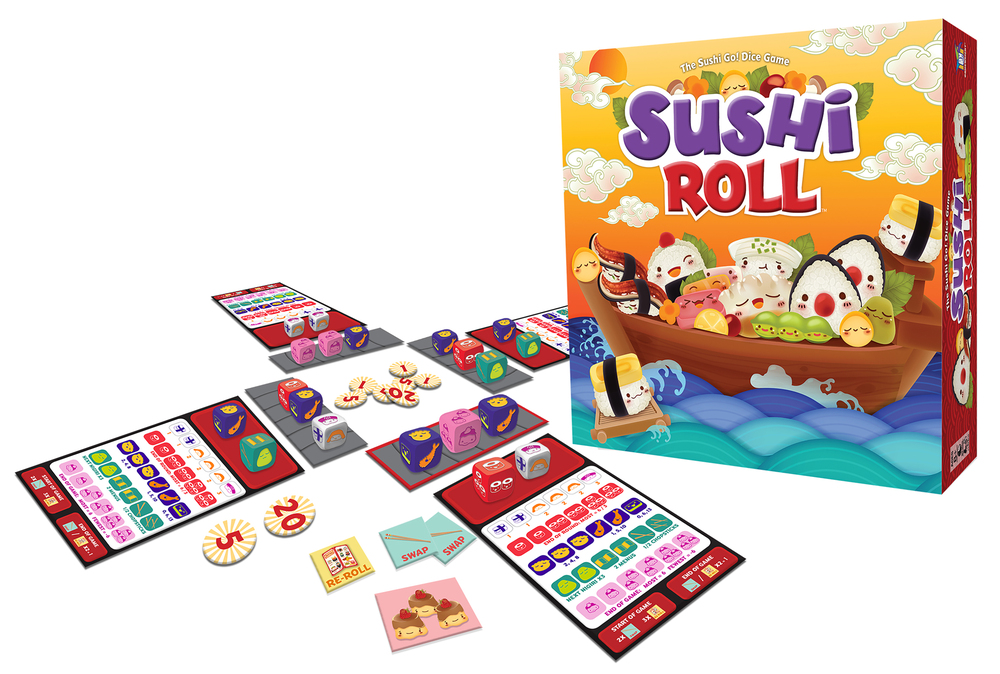I generally don’t play many ‘dexterity’ games, meaning games that have some kind of physical component inherent in the play, like Jenga or the 1800s game Crokinole. There are tons of these games on the market but most just aren’t very good, often asking players to do things that are too easy or too difficult, and usually just rewarding the player who had the most fortunate timing rather than rewarding some specific skill or strategy. That made it a surprise that I enjoyed the 2019 game Men at Work, a dexterity game of stacking and especially of balancing, which builds in a way to keep you playing even if you make a mistake and gives players multiple things to do over the course of an entire game.

Men at Work, designed by Rita Lodl (who appears in the game on one card as ‘Boss Rita’), has players building a construction site of girders and workers, where each player will get a specific instruction on their turn to place one of those two things with some specific additions or restrictions, such as matching a girder to a color already on the site. The initial setup has three girders and one or two workers on grey support blocks so that none of the girders is touching the playing surface. On your turn, you add the girder or worker, sometimes also placing bricks or tiny beams on the arms of the workers as well, while trying to keep the structure balanced so that nothing slips or falls to touch the table beneath. If any parts touch the table, you’ve caused an accident and must remove all such components, and then you lose one of your three safety certificates. If you lose all three, you’re out of the game.
Your moves are determined by a deck of two-sided cards. You flip a card to show two instructions, one for placing a girder and one for placing a worker. The card left on top of the deck will show a girder symbol or a hard-hat, telling you which instruction to follow, and two colors of girders, indicating you must place one of those colors or must place the new worker on a girder of either color. About a quarter of the way through the deck, the Boss Rita card will appear, after which the real scoring begins. If your move adds a new highest point to the construction site, you get an employee of the week token; the first player to get N tokens, where N varies by the number of players from 4 tokens to 6, is the winner. If your move doesn’t add a new highest point, which sometimes isn’t possible, you still must complete the move without causing an accident or risk losing a safety certificate. Play continues until someone reaches the target number of employee of the week tokens, or only one player still has safety certificates remaining.
The one key rule in Men at Work is that you’re supposed to place everything on the structure using just one hand, which is hard enough to remember, let alone to execute. I played this with a seven-year-old who had no problem at all understanding the rules – she only needed help with interpreting card instructions that weren’t all that clear, such as the different cards that say to put the worker on first and then add the bricks/beams, and those that have you put a brick/beam on the worker and then put them all on a girder at once – but I improvised and let her use two hands while I used just one. That was enough to keep the game balanced (pun intended) until eventually the structure got large enough that it was easy for one of us to knock almost the whole thing down with one errant move. It took us about 20 minutes of actual play time (not counting me reading the rules and looking up several cards for more explanation) from start to finish, and there was a lot of laughing in the process too. It’s still not my preferred genre of game but this is high on my list of titles you can play with kids of just about any age.







